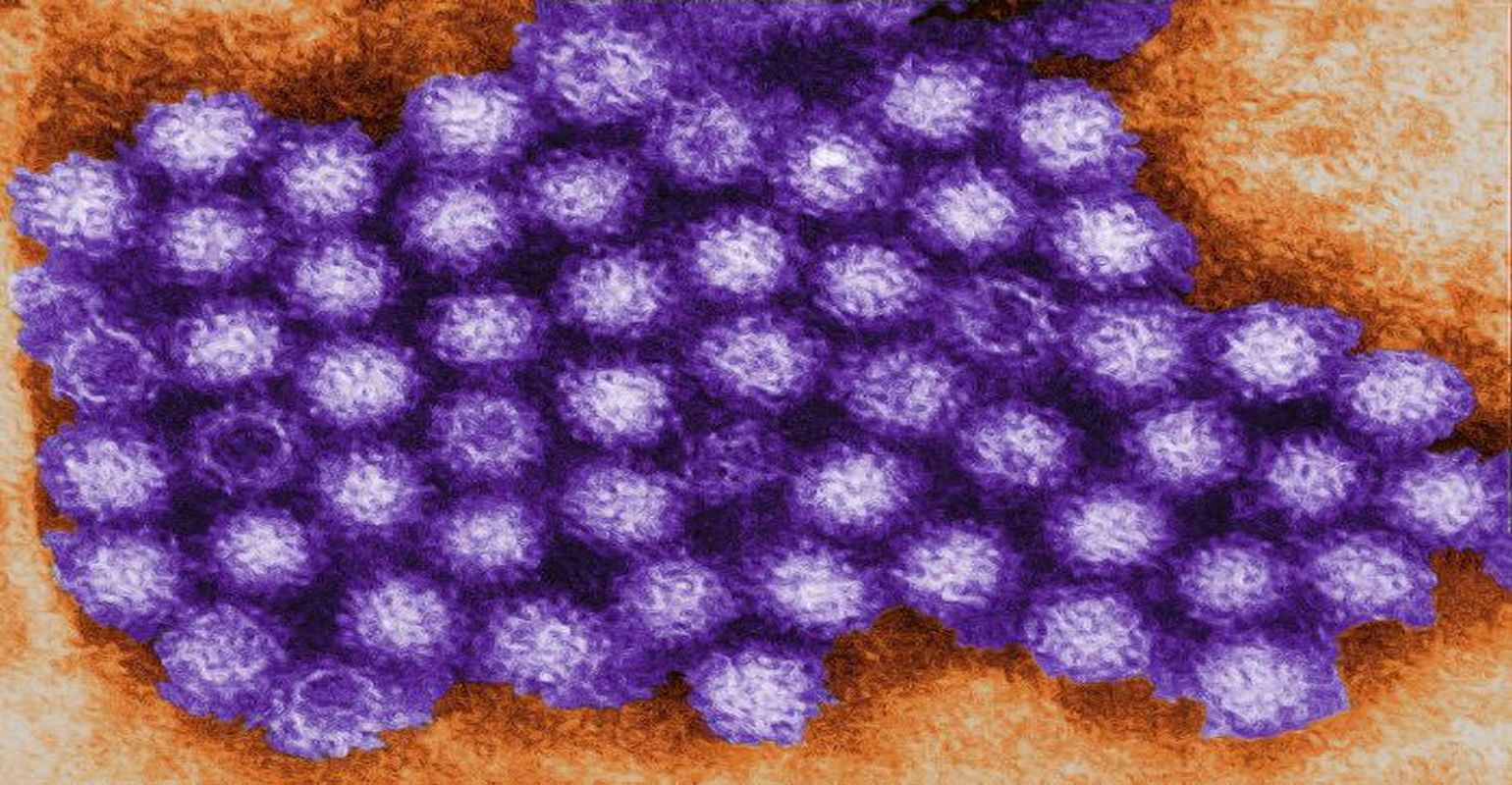New Study Sheds Light on Norovirus Outbreaks

Outbreaks of norovirus in healthcare settings and outbreaks caused by a particular genotype of the virus are more likely to make people seriously ill, according to a new study in The Journal of Infectious Diseases. Based on an analysis of nearly 3,800 U.S. outbreaks from 2009 to 2016, the research confirms several factors that can make norovirus outbreaks more severe and may help guide efforts to develop a vaccine to prevent this highly contagious disease.
Each year in the U.S., norovirus causes an estimated 19 to 21 million cases of vomiting and diarrhea, between 56,000 and 71,000 hospitalizations, and 570 to 800 deaths, with much of the disease burden falling on young children and older adults, according to the Centers for Disease Control and Prevention (CDC). The disease spreads through direct contact with an infected person, consuming contaminated food or water, or touching contaminated surfaces.
In the new study, researchers linked, for the first time, data from a national outbreak reporting system and a laboratory surveillance network that collects data about norovirus genotypes associated with confirmed outbreaks. Their analysis, the largest of its kind, included 3,747 norovirus outbreaks affecting more than 100,000 people from 2009 to 2016. Severe outcomes, including hospitalizations and deaths, were more frequent in outbreaks caused by a specific genotype of norovirus, genogroup II type 4 (GII.4), and in outbreaks in health care settings, including hospitals, long-term care facilities, and outpatient facilities.
In a related editorial commentary that appears with the study in the Journal of Infectious Diseases, Geoffrey A. Weinberg, MD, of the University of Rochester School of Medicine and Dentistry in New York, noted that research of this kind helps advance our understanding of norovirus and the outbreaks it can cause. "Their data confirm that the notion of noroviruses simply being 'a cruise ship virus' or an occasional foodborne winter vomiting illness is outdated," Dr. Weinberg wrote in the commentary.
The findings confirm previous research about the severity of GII.4 norovirus outbreaks and suggest that future vaccines against norovirus should include these genotypes, said the lead author of the study, Rachel M. Burke, MPH, PhD, of CDC. The study results also suggest that targeting these vaccines for use in people in health care settings may help reduce hospitalizations and mortality associated with norovirus. Although there is no currently available vaccine that protects against norovirus, several candidate vaccines are in the development pipeline.
"Linking data from these two different sources gives us a really powerful tool, a different way to look at norovirus outbreaks in the U.S., and a better understanding of some of the interactions between what is going on with the virus versus the host versus the environment," Burke said.
This study was funded by CDC. T
Source: Infectious Diseases Society of America (IDSA)
Avian Flu Risks in Veterinary Practice: Protecting Those on the Frontlines
January 6th 2025Veterinarians, technicians, and veterinarian infection preventionists face risks from H5N1 avian flu when handling farm animals or exposed wildlife. Learn key prevention strategies, PPE recommendations, and emerging challenges.
Understanding the True Threat: Richard Webby, PhD, on H5N1 Avian Flu and Its Human Impact
January 3rd 2025Richard Webby, PhD, the director of the World Health Organization (WHO) Collaborating Centre or Studies on the Ecology of Influenza in Animals and Birds, discusses the evolving dynamics of H5N1 avian flu, its variants, and the low risk to humans while emphasizing vigilance among health care professionals.
Top 7 Infection Control Today Articles of 2024: Insights and Innovations
December 30th 2024From advanced sterilization methods to combating antimicrobial resistance, Infection Control Today’s top articles of 2024 delivered actionable strategies for safer healthcare environments and improved patient outcomes.
Revolutionizing Infection Prevention: How Fewer Hand Hygiene Observations Can Boost Patient Safety
December 23rd 2024Discover how reducing hand hygiene observations from 200 to 50 per unit monthly can optimize infection preventionists' time, enhance safety culture, and improve patient outcomes.
Redefining Competency: A Comprehensive Framework for Infection Preventionists
December 19th 2024Explore APIC’s groundbreaking framework for defining and documenting infection preventionist competency. Christine Zirges, DNP, ACNS-BC, CIC, FAPIC, shares insights on advancing professional growth, improving patient safety, and navigating regulatory challenges.